How Lexus interprets the uniquely Japanese spirit of omotenashi
You might have come across the term omotenashi on your travels. But just how does omotenashi translate to a car? CNA Luxury journeys to Japan to find out.
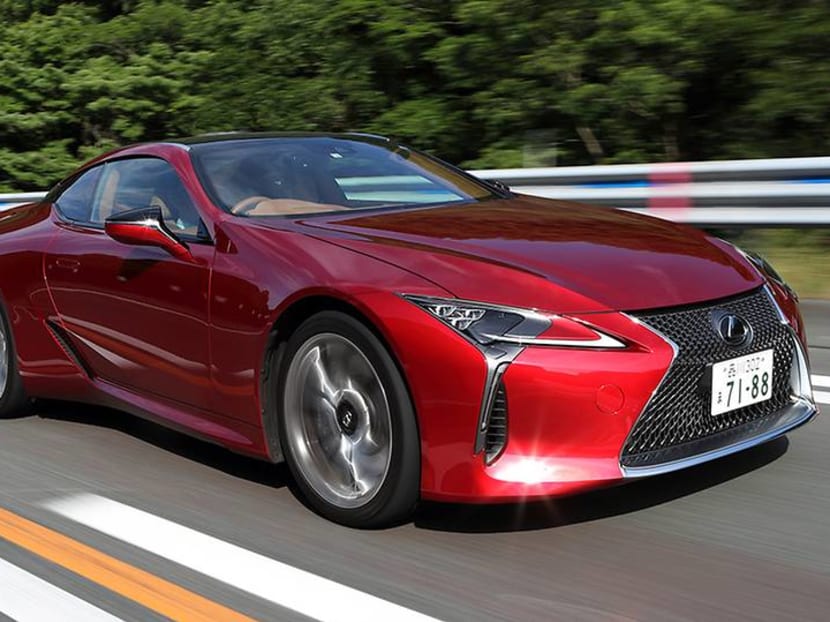
The Lexus LC. (Photo: Lexus)
Omotenashi roughly translates from Japanese to English as ‘hospitality’. If you want to take it a little further, it could even translate as ‘anticipatory hospitality’, in much the same way that a good butler would have your clothes pressed and ready before you even ask for it.
It’s one of those phrases that’s more than just a word. It embodies an entire philosophy, a way of life, even. Like wabi-sabi (the appreciation of transience and beauty in imperfection) or wa (harmony) or even kiasu (c’mon, you know this one).
At any rate, omotenashi is a phrase that Lexus has been bandying about a fair bit recently, something that the Japanese manufacturer says it imbues into every step of the car-making process – from the assembly to when the keys are handed over to you.
READ> Here’s why collectors are snapping up vintage Japanese performance cars
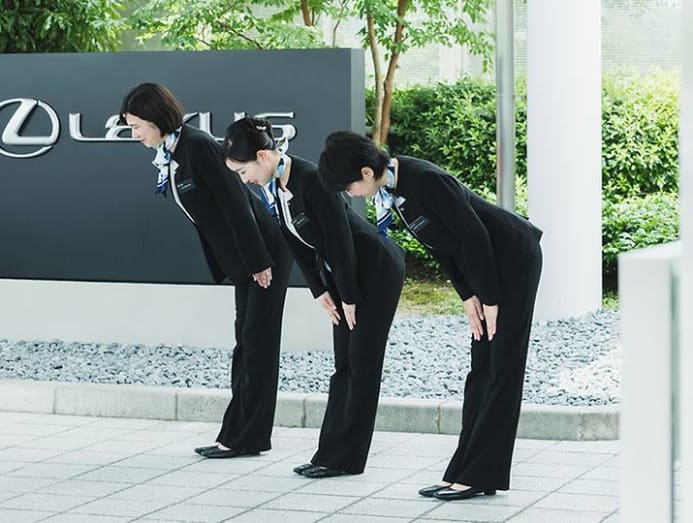
Now, it’s at this point that we need to back up for a bit. Lexus, as you already know, is Japanese. Very Japanese, as a matter of fact, and so too is its parent company, the automotive titan that is the Toyota Motor Corporation.
Being so Japanese and all, of course Lexus would be banging on about omotenashi, one of the cornerstones of the Japanese service experience.
But just how does omotenashi translate to a car, anyway? Since the self-driving Lexus is still some way off, there’s a pretty convincing argument that the Japanese carmaker can’t achieve true omotenashi just yet.
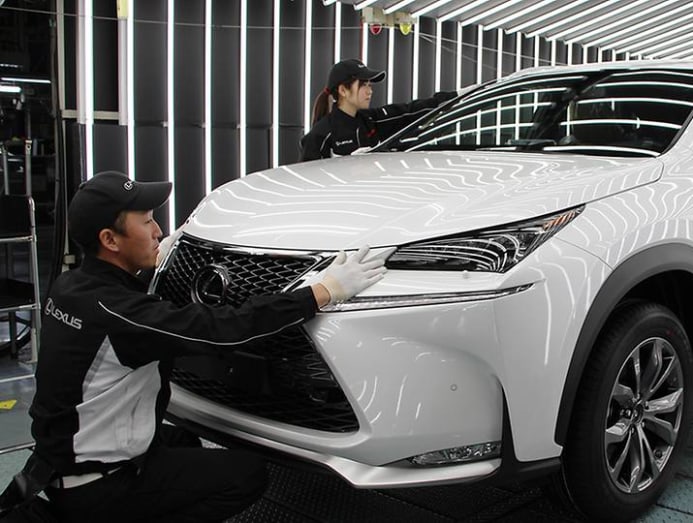
But while a Lexus ferrying you seamlessly from point to point could indeed be seen as the highest expression of omotenashi, that’s a fairly narrow definition, or at least, hospitality seen through a very Western lens.
Hospitality, according to the Japanese, isn’t always about big gestures. Omotenashi could be something as simple as a plastic rain cover being slipped over your shopping bags and wait staff offering you a fresh hand towel without being asked after you clumsily spill sauce over yourself. And yes, in the latter case, we’re speaking from experience.
In a Lexus context, omotenashi is the way a seemingly mundane, out-of-sight coin box slides open and closes with the most discreet of damped clicks, and the way its engineers obsess over the exact frequency of the thunk a Lexus’ door should make when it shuts.
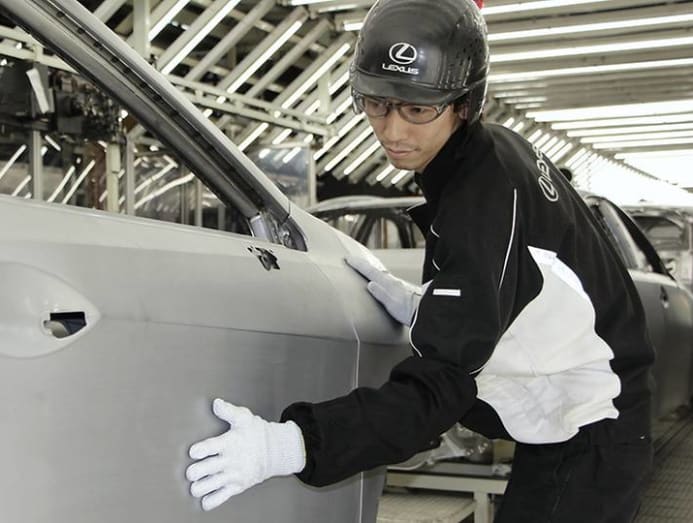
That attention to detail is lavished on any Lexus, from the S$160,000 UX that forms the entry point to the Lexus range here, all the way up to the S$550,000 highway rocket ship that is the LC grand tourer.
The sweating of the small stuff was brought to the fore when we visited Lexus’ manufacturing facility in the Fukuoka prefecture. It’s not so much the fact that each Lexus that leaves the plant is polished to a mirror sheen (so the time on your watch is clearly visible when placed up against the painted surfaces), but how we found it almost impossible to stump our plant tour guide.
How often are the shrouds that protect the robotic painting arms changed, we asked her. And without missing a beat, she replied the ones closest to the spray nozzles are changed every shift, and the ones furthest away near the base are swapped out twice a year.
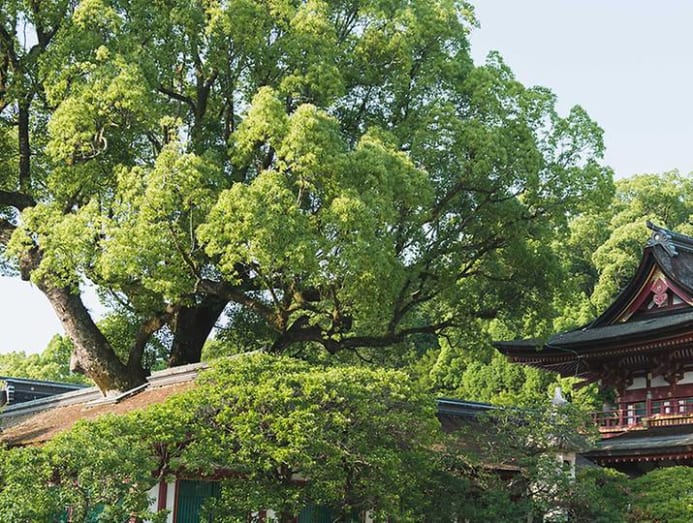
As you can probably tell by now, omotenashi is about the little things, so don’t expect a red carpet, dancing elephants and fireworks when you’re a guest in Japan, though they certainly aren’t averse to (metaphorical) fireworks when the occasion calls for it.
Take for example, the Shinto purification ritual we witnessed at the Dazaifu Tenmangu Shinto shrine in Fukuoka, followed immediately by a multi-course dinner at the shrine’s event hall whipped up by award-winning Chef Takeshi Fukuyama of La Maison De La Nature Goh.
We can only imagine the number of hoops Lexus had to jump through to not only to drag one of Fukuoka’s culinary luminaries away from his usual place of business (which, incidentally is number 24 on Asia’s Top 50 Best Restaurants), but to get him to do it in a Shinto shrine that is over 1,100 years old. That, and getting the shrine’s caretakers to agree to letting said chef serve dinner there.
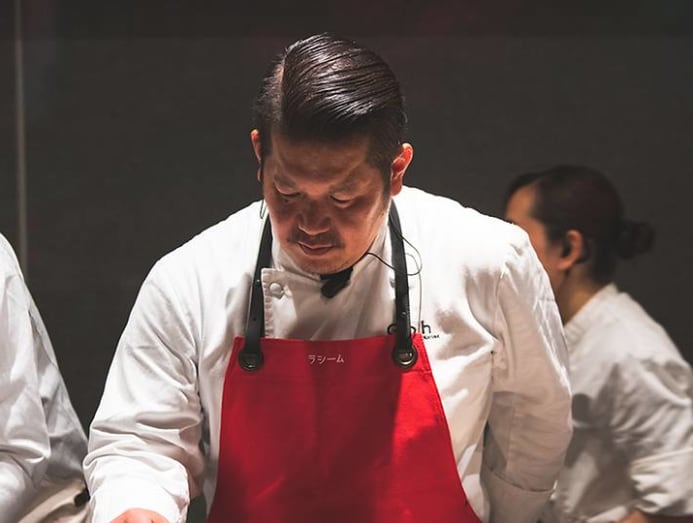
We should probably mention the food. Chef Fukuyama’s cuisine is an effortless blend of Japanese ingredients and European techniques – few have the gumption to attempt a salted flounder wrapped in tea leaves followed a few courses after by a shiitake-and-abalone risotto paired with a barley shochu.
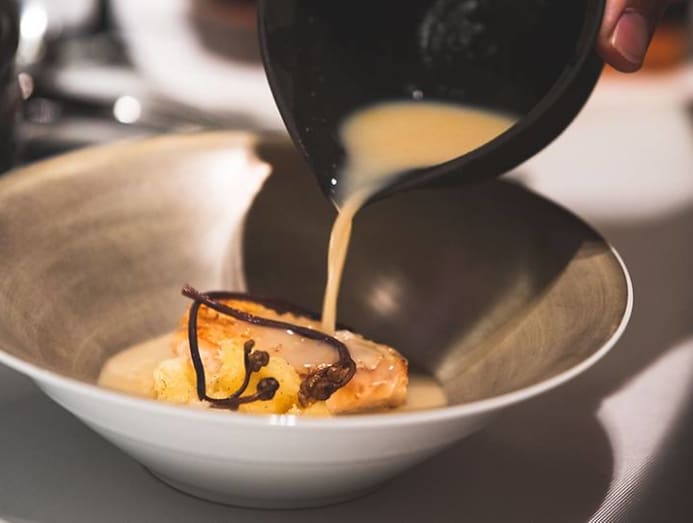
Or where else but in Japan would you be able to ride a bullet train while eating a traditional bento meal from a box made of bent Japanese cedarwood?
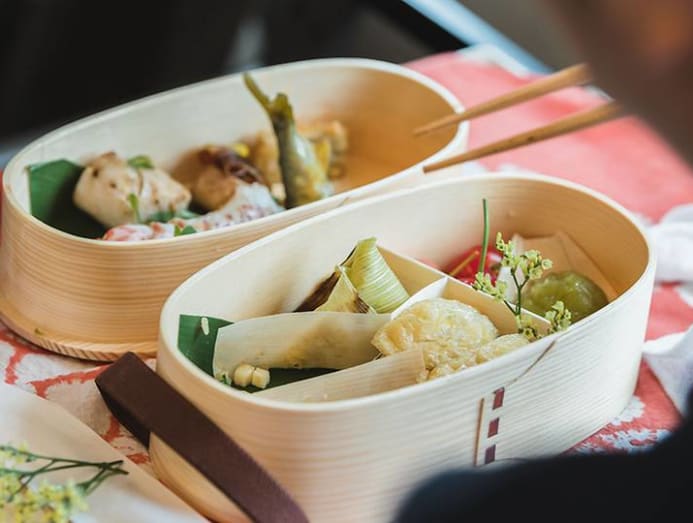
And this, perhaps, is the most accurate metaphor for Lexus yet. That is ultra-traditional, but at the same time, ultra-modern. If you find yourself lucky enough to ride in, or indeed own, an LS with the optional Edo-kiriko cut-glass (similar to the Western art of cut-crystal glassware) interior panels, admire the mesmerising way light catches and refracts off its numerous facets.
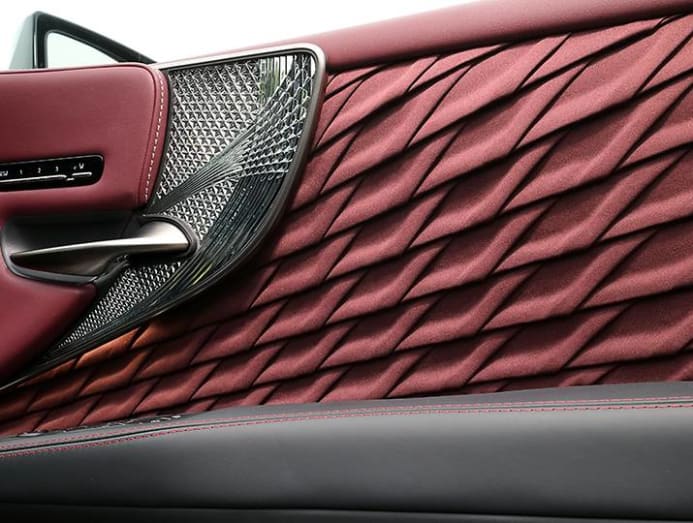
Once you’ve taken in that sight, you can marvel at its fabulously complicated back story. Designing it was relatively easy, since Lexus could call upon any number of craftsmen, but the tricky part is scaling it up for mass production and making it safe enough to be used in a car.
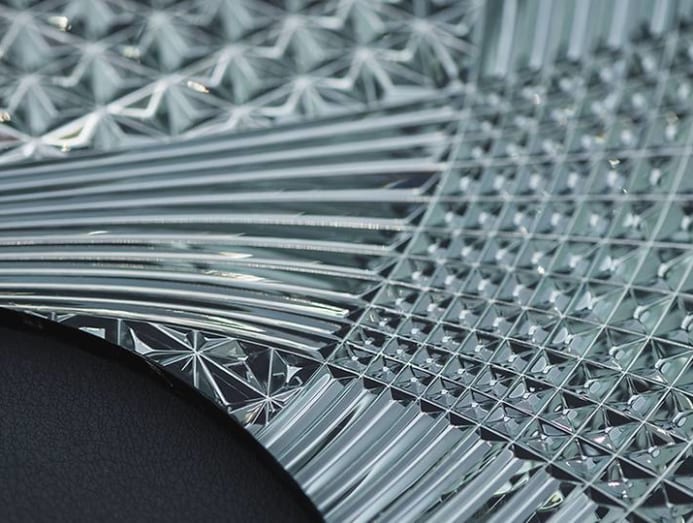
Before being fitted onto a brand-new LS, it makes a journey to 18 different locations all over Japan. All for a piece of glass measuring barely 30cm-square.
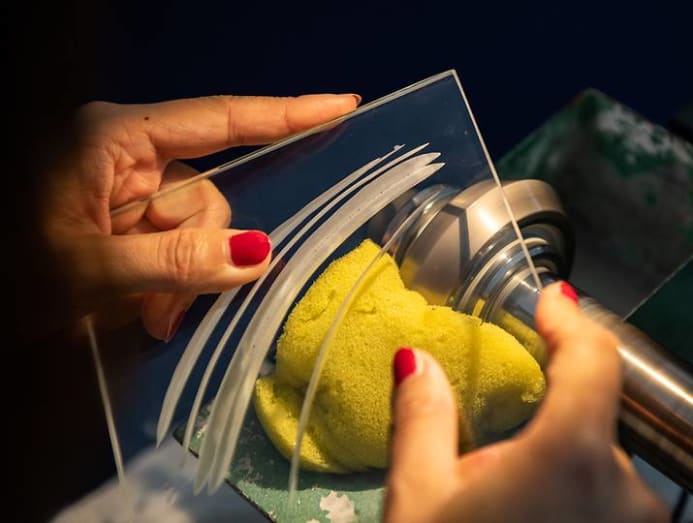
At the other end of the product spectrum, the dashboard upholstery of the UX also features modern, technical materials infused with Lexus’ inimitably Japanese flair. The intricate criss-crossing of glossy- and matte-finish strands within is supposed to resemble the paper used in traditional Japanese screen doors.
It might, however, interest you to note that this pivot toward infusing traditional Japanese sensibilities into its products is a fairly new thing.
When Lexus launched its first car, the LS400, 30 years ago, it was aimed squarely at the North American market. And even today, that territory accounts for something like 40 per cent of the carmaker’s total sales.
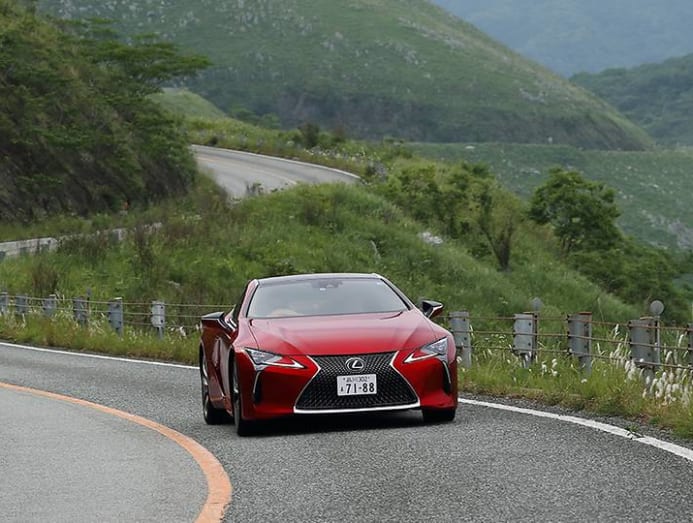
Back then, it built that car on unimpeachable quality and refinement, a luxury limousine that could out-German the established German competition. And it worked. It was quieter, smoother and built better than the competition at the time.
As time wore on, modern manufacturing methods and the competition caught up to it, and as various senior Lexus executives told us during our time in Japan, the carmaker couldn’t survive on build quality and benchmarking alone, which is where omotenashi, and emotional appeal come into the picture.
The Lexus of the future, it was decided, had to stir the soul and appeal to the heart by tapping into its uniquely Japanese heritage.
Of course, if it could take its prospective buyers on a whirlwind tour of Japan from Tokyo, to its home in Aichi to Fukuoka, all the while gorging them silly on a cornucopia of culinary delights, that would certainly sweeten the deal.



